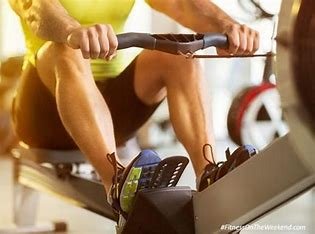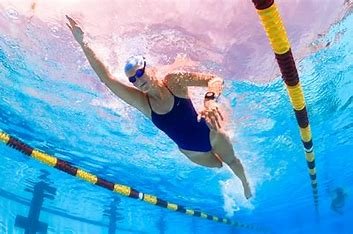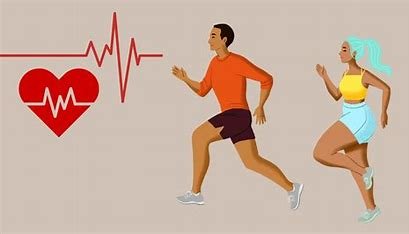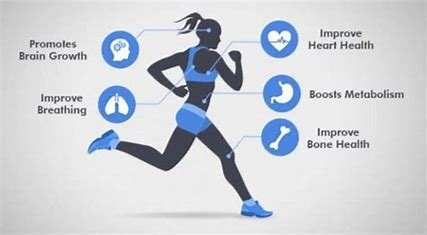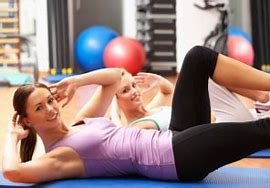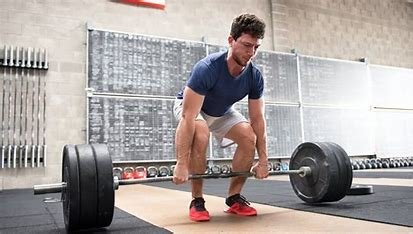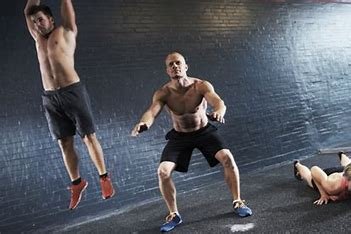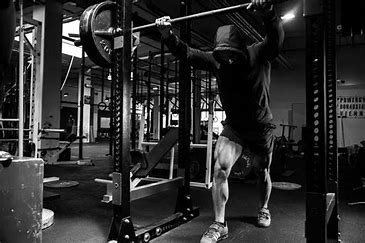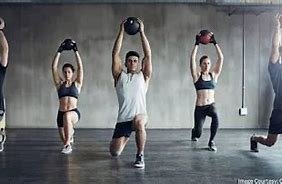LATEST POSTS
February 13, 2025
5:22 am
9 months ago
Rowing is an exceptional full-body workout that combines both strength and cardiovascular conditioning. It effectively targets multiple muscle groups while providing an intense cardio session. Impact on...
February 13, 2025
5:19 am
9 months ago
Swimming is an excellent choice for full-body conditioning due to its low-impact nature and the wide range of muscles it engages. Impact on Muscles Upper Body: Shoulders: Swimming strokes like the freestyle...
February 13, 2025
5:15 am
9 months ago
Running is an excellent form of cardiovascular exercise that has numerous positive effects on both the legs and the heart. Impact on the Legs Strengthening Muscles: Running engages the muscles in the legs,...
February 12, 2025
5:02 am
9 months ago
Cardiovascular health refers to the well-being of the heart and blood vessels, and it plays a central role in maintaining overall health. Regular cardiovascular exercise, such as running, cycling, or swimming,...
February 12, 2025
4:58 am
9 months ago
Cardio (short for cardiovascular exercise) and endurance training are two critical components of a well-rounded fitness regimen, especially for improving heart health, stamina, and overall physical performance....
February 12, 2025
4:56 am
9 months ago
Bodyweight exercises are exercises that use your own body weight as resistance, rather than relying on external equipment like dumbbells or machines. These exercises can be done anywhere and often require...
February 12, 2025
4:54 am
9 months ago
Deadlifts are one of the most effective strength-training exercises, engaging a variety of muscle groups, especially the hamstrings, glutes, lower back, and core. However, because of the heavy loads typically...
February 12, 2025
4:52 am
9 months ago
Plyometric exercises are high-intensity movements that involve explosive movements to increase strength, power, and speed. They generally focus on using the stretch-shortening cycle (SSC), which is the...
February 11, 2025
5:25 am
9 months ago
Strength training periodization is the structured variation of training variables (like intensity, volume, and frequency) over a period of time to maximize strength gains and minimize the risk of overtraining...
February 11, 2025
5:23 am
9 months ago
Functional training focuses on exercises that mimic and enhance the movements you perform in daily life. The idea is to train the body to move more efficiently and with better coordination in activities...
No posts found

